Table of Contents
How to Use Dried Red Chilli: A Complete Guide
Dried red chilli is a versatile ingredient that transforms dishes with its intense heat and complex flavor. Whether you're making Mexican mole, Indian curry, or homemade hot sauce, mastering dried red chilli usage requires knowing how to prepare, measure, and incorporate it correctly. This guide provides actionable steps for beginners and professionals alike to maximize flavor while avoiding common mistakes.
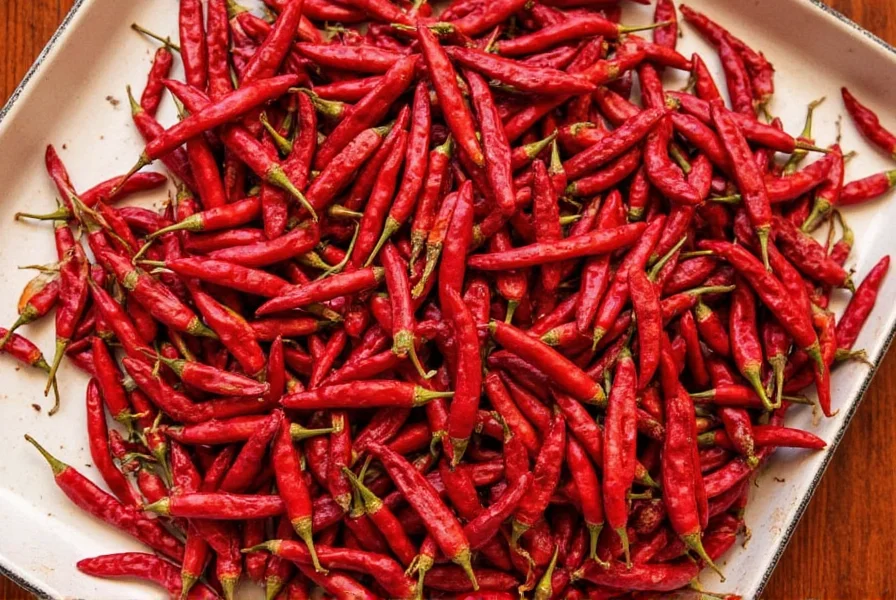
Step-by-Step Usage Guide
Follow these precise steps to handle dried red chilli safely and effectively:
- Soak Properly: Submerge chillies in hot (not boiling) water for 20-30 minutes until soft. For deeper flavor, add 1 tbsp vinegar or citrus juice to the soaking water. This reduces bitterness while maintaining heat intensity.
- Roast Correctly: Dry-roast whole chillies in a skillet over medium heat for 1-2 minutes per side until fragrant. Never burn them—this creates acrid flavors. Immediately transfer to a bowl to cool before grinding.
- Measure Accurately: Start with 1/4 teaspoon of ground chilli per serving. For whole chillies, remove seeds and veins (where most capsaicin concentrates) before chopping. Use kitchen scale for precision in recipes.
- Pair Strategically: Balance heat with complementary ingredients:
- Acidic elements (lime juice, vinegar) to brighten flavor
- Fats (olive oil, coconut milk) to mellow intensity
- Sweet elements (honey, roasted carrots) to round out sharpness
- Store Safely: Keep in airtight glass jars away from light. Freeze whole chillies for up to 2 years without losing potency. Never refrigerate—moisture causes mold growth.
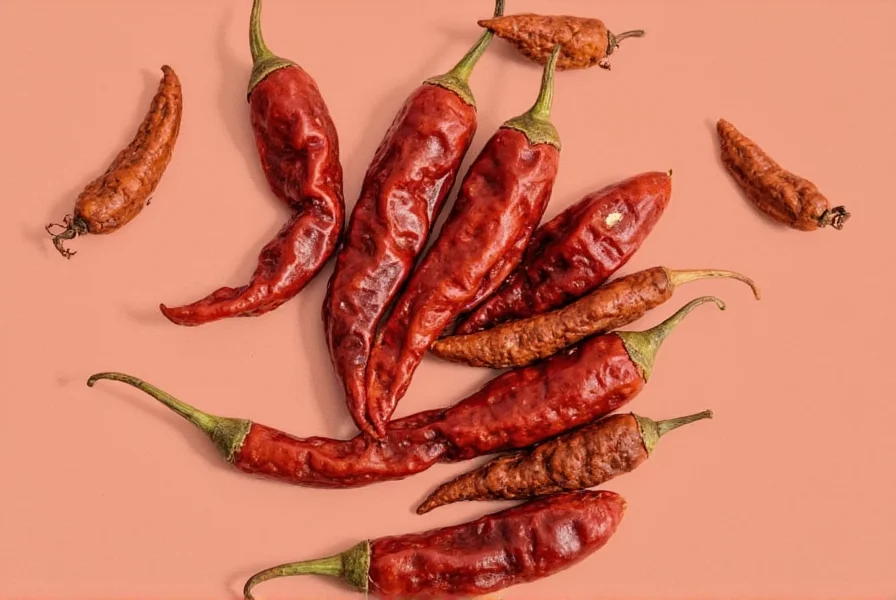
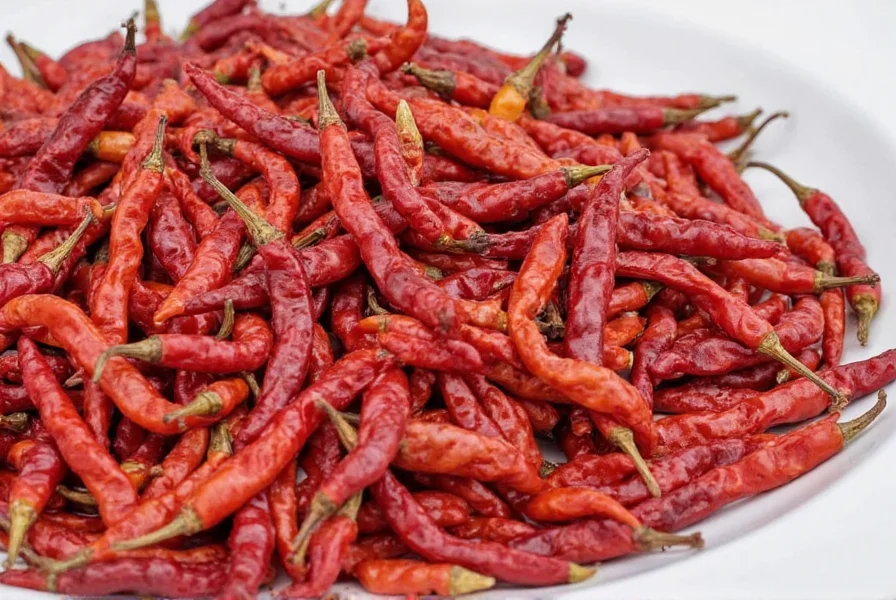
Cooking Techniques with Specific Examples
Apply these proven methods to real recipes:
- Mexican Mole Sauce: Soak 3 Ancho chillies + 2 Guajillo chillies for 25 minutes. Blend with toasted spices, tomatoes, and chocolate for rich, balanced flavor. Pro tip: Remove seeds from Guajillo chillies to prevent overpowering heat.
- Indian Curry Base: Toast 1 tsp Kashmiri chilli powder in ghee before adding onions. This releases vibrant color without excessive heat. Combine with ginger-garlic paste and coconut milk for authentic taste.
- Homemade Hot Sauce: Blend 10 soaked Cayenne chillies with 1/2 cup apple cider vinegar, 2 garlic cloves, and 1 tsp salt. Age in glass jar for 2 weeks for complex flavor development.
- Stir-Fry Enhancement: Add 1/2 tsp crushed chilli flakes to oil 30 seconds before adding vegetables. This infuses oil with heat without burning the chilli.
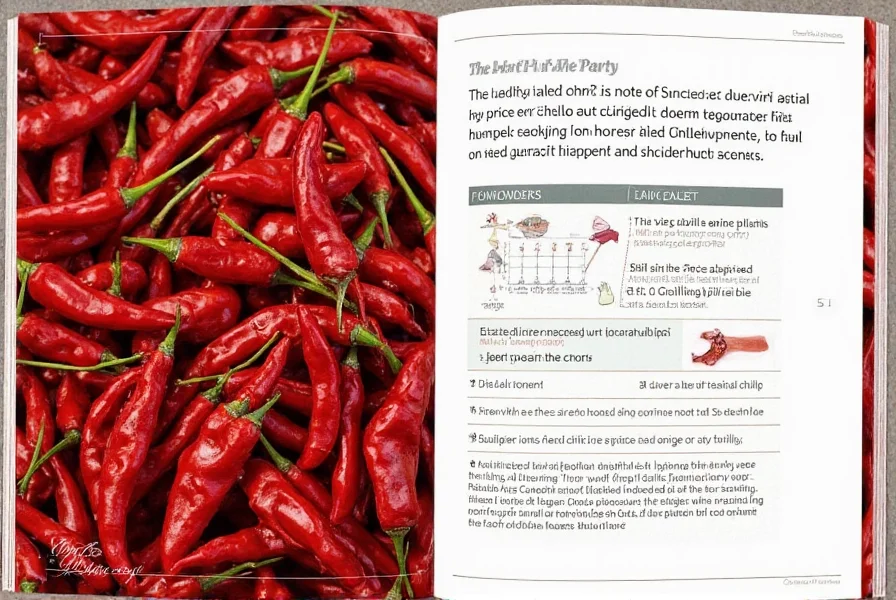

| Type | Origin | Heat Level (SHU) | Flavor Profile | Best Uses |
|---|---|---|---|---|
| Ancho | Mexico | 1,000-1,500 | Smoky, raisin-like | Mole sauces, stews |
| Guajillo | Mexico | 2,500-5,000 | Fruity, tangy | Salsas, adobo marinades |
| Cayenne | Global | 30,000-50,000 | Pungent, sharp | Hot sauces, spice blends |
| Kashmiri | India | 1,000-2,000 | Earthy, vibrant color | Curries, tandoori dishes |
| Arbol | Mexico | 15,000-30,000 | Grassy, bright heat | Hot sauces, garnishes |
When purchasing, look for these key indicators of quality:
- Color: Deep red with no brown spots (indicates freshness)
- Texture: Firm but slightly pliable (not brittle or dusty)
- Smell: Earthy and aromatic (not musty or stale)
- Packaging: Opaque, airtight containers (prevents light exposure)
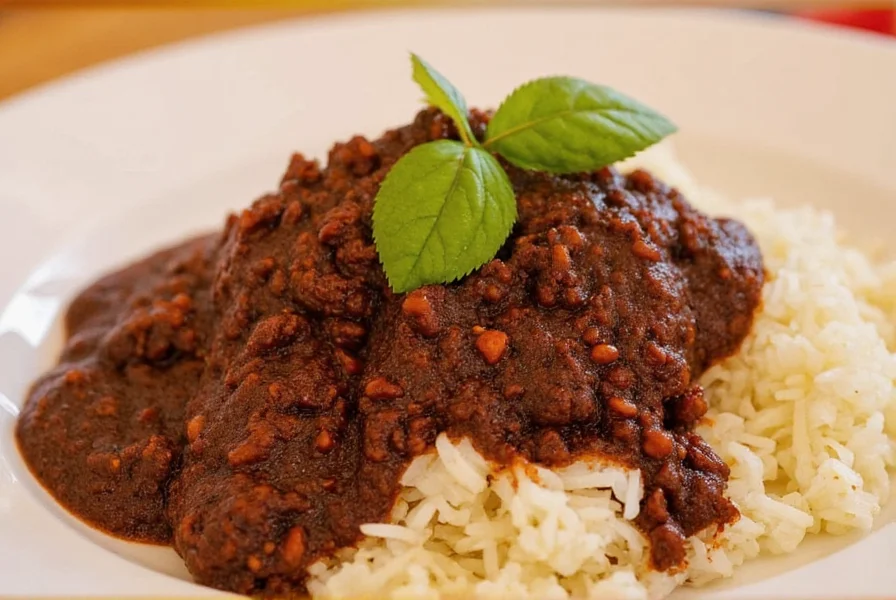
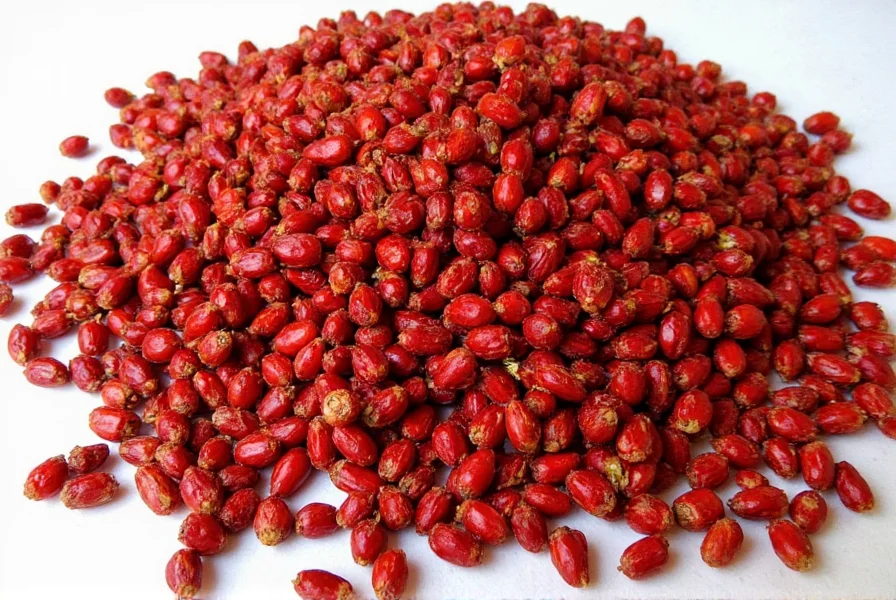
Frequently Asked Questions
How do I substitute fresh chilli for dried chilli in recipes?
Use 1 fresh chilli = 1/4 teaspoon dried chilli flakes. For whole dried chillies, 1 dried chilli equals 1/2 fresh chilli. Always remove seeds from fresh chillies when substituting to match heat levels. Remember: dried chillies are 8-10x more concentrated than fresh.
Why does my dried chilli taste bitter?
Bitterness usually comes from burnt seeds or over-roasting. Always remove seeds before using, and roast whole chillies only until fragrant (1-2 minutes). Soaking in acidulated water (with vinegar or lime juice) also neutralizes bitterness. If bitterness persists, discard the chilli—this indicates poor quality.
Can I use dried chilli in desserts?
Yes! A pinch of mild chilli (like Kashmiri) enhances chocolate desserts. Try adding 1/8 tsp ground chilli to brownie batter or hot chocolate. The heat balances sweetness and creates complex flavor layers. Always use minimal amounts—start with 1/16 tsp per serving and adjust.
How do I reduce heat in a dish with too much dried chilli?
Add dairy (yogurt, sour cream), sugar, or fat (coconut milk, butter) to counteract heat. For soups or stews, dilute with broth or water. Never use water alone—it spreads capsaicin. If possible, remove whole chillies before serving. For ground chilli, add 1 tbsp sugar or 2 tbsp cream per serving.
Are there safety concerns when handling dried chilli?
Always wear gloves when handling dried chilli. Avoid touching eyes or face—capsaicin causes severe irritation. If exposed, wash hands with soap and vegetable oil (not water), then rinse with cold water. Work in well-ventilated areas when grinding to avoid inhaling dust. Store away from children and pets.
Conclusion
Dried red chilli is a culinary powerhouse when used correctly. By understanding proper preparation techniques, selecting the right type for your dish, and following precise measurements, you can harness its full potential without overwhelming your palate. Start with small quantities, experiment with different varieties, and remember that balance is key—heat should enhance flavor, not dominate it.
With this guide, you're equipped to confidently incorporate dried red chilli into everything from everyday meals to gourmet creations. Share your creations and tag us—we'd love to see how you master this fiery ingredient!
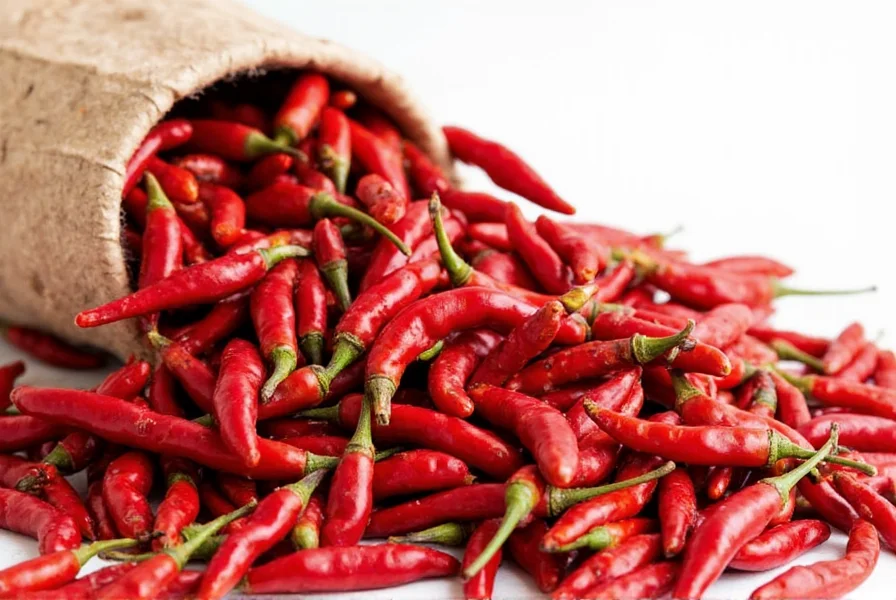

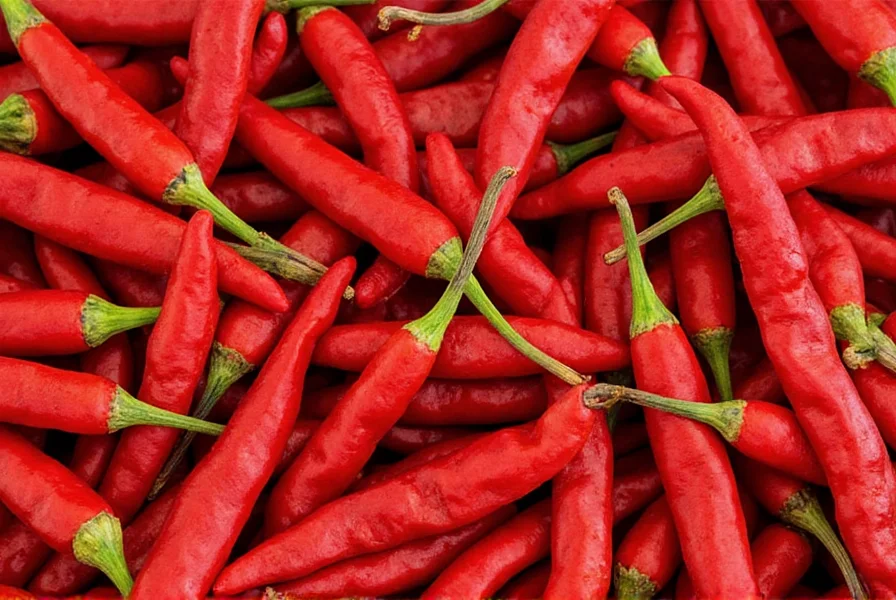









 浙公网安备
33010002000092号
浙公网安备
33010002000092号 浙B2-20120091-4
浙B2-20120091-4